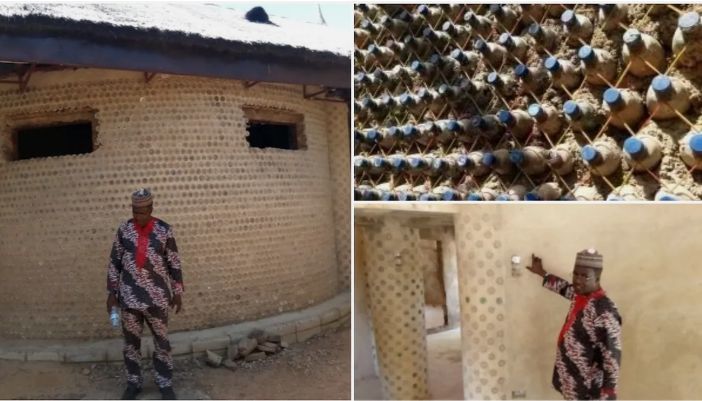These blackouts have also exposed the fact that UETCL isn’t doing anything different to prevent these kinds of blackouts from happening in the future. A little rain over Kampala and most areas of the city will go dark for hours.
A small storm shake makes it even clearer, their power distribution lines aren’t stable enough to withstand a small wind. When it comes to the problem of moving islands, UETCL sometimes waits until its turbines are jammed and immovable and when the entire country has blacked out for them to do something.
The distributor is now unable to perform even basic functions of civilization, like having reliable electricity.
Over the last few years, electricity power outages have been more frequent
As much as the government has connected more homes and businesses to the national grid, that is not an excuse to build weak systems that cannot withstand even the small weather issues. Climate change effects should be able to let them know that occasional upgrades are needed in order to maintain a have a stronger system in place.
At least one suburb of Kampala reports a power blackout at least once a week. When you check to find out why, it’s usually a damaged electric pole or something related to connectivity. Some areas report outages due to man-made error, loose wires among the top.
But for all the differences between these incidences, there’s a common lesson: Extreme weather events are becoming more frequent and more severe as the climate crisis worsens. And the Ugandan power grid is not prepared to handle tougher storms. Turbine monitoring is not at its best, and this leaves the country in the mercy hands of nature.
What is making these outages more frequent
Adding to the challenge, efforts to harden existing infrastructure against extreme weather don’t seem to be taking any shape. The same old systems keep giving us the same old result.
Some of the country’s power comes from fuel, firewood, and others. Especially in rural areas — the very fuel driving climate change. The cost of upgrading to this national grid isn’t doing any help to the average Ugandan.
It’s too expensive, to begin with. These people because they can’t afford the expensive electricity, go on destroying the environment as they live their normal lives.
The grid of the future will need to be powered primarily by zero-carbon electricity sources. These may include solar and wind, which by the way is becoming stronger as the years go by — and rebuilding the grid from top to bottom, without further disrupting energy supplies. This we’re aware is a delicate act to balance.
What some Climate change skeptics think
Some skeptics of climate change blame the blackouts on storms and sometimes extreme heat. If indeed climate change is fueling these blackouts, we can’t just keep doing more of the same. Otherwise, we’ll be in the same boat in the not-too-distant future.
Kampala suburbs aren’t the only places to find themselves short on power amid the small rains. There are outages that occur across different areas across the country.
Residents have vented their frustrations on social media and cried out for help but all in vain. UMEME sometimes can’t do anything if the magnitude of the problem is beyond their capacity to solve.
At the same time, change alone doesn’t force the lights to go out. We can comfortably lay some of the blame on the UETCL for their own poor planning. This includes their failure to build a stronger energy infrastructure that can power the grid even when storms or strong winds come.
Check Also;
- How Climate Change Will Impact Human Rights Of Millions Across The World
- African Countries Among Top 10 To Be Worst Hit By Climate Change
- If Gov’ts Don’t Address The Climate Crisis, It Will Cost Trillions Of Dollars
Please use the button below to contribute to Newslex Point, Inc. using a credit card or via PayPal.

 Newslex Point News in Uganda, Uganda news
Newslex Point News in Uganda, Uganda news












